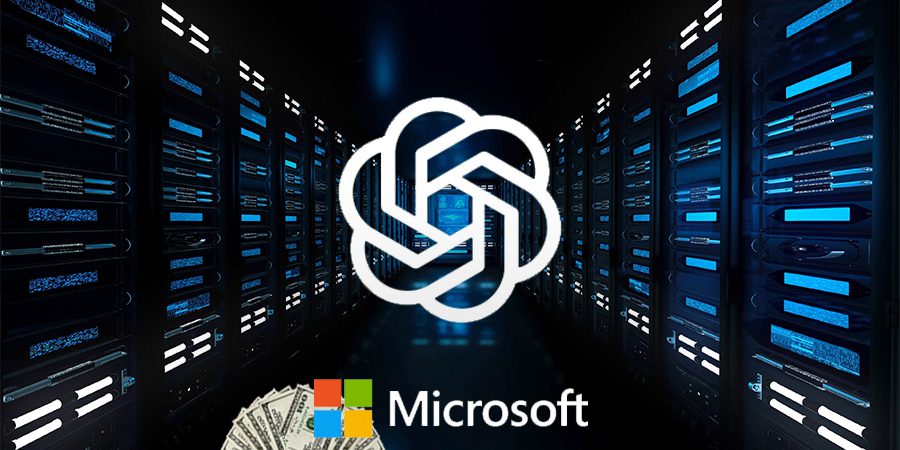Subscribe
"Unlock exclusive insights and elevate your financial wisdom with NetWorth.com — subscribe now to stay ahead in the wealth game!"

In this article, we’ll take a look at how Microsoft invested hundreds of millions of dollars to build a powerful supercomputer to support OpenAI’s ChatGPT chatbot.
Key takeaways:
Microsoft’s commitment to advancing the field of artificial intelligence is highlighted by its investment of hundreds of millions of dollars to build a powerful supercomputer that supports OpenAI’s ChatGPT chatbot.
A recent report by Bloomberg revealed that Microsoft had to create a cutting-edge supercomputer to meet OpenAI’s AI research requirements and wasn’t entirely sure if it could build something of that scale in Azure without it breaking down.
The challenge was to meet the enormous computing power requirements of OpenAI’s increasingly complex set of AI models, which were consuming more data and learning more parameters.
To avoid power outages and make a reliable system architecture on a large scale, Microsoft connected tens of thousands of Nvidia A100 graphics chips and rearranged their server racks.
The Azure AI infrastructure built for OpenAI is now also powering Microsoft’s AI models, including the new Bing search bot, and is being sold to other customers.
In an expanded deal with OpenAI, Microsoft added $10 billion to its investment and is already working on the next generation of the AI supercomputer.
To train a large AI model, you need many connected graphics processing units, which is exactly what Microsoft did with its AI supercomputer.
In contrast, inference, the process of answering queries users pose, requires a different setup that deploys graphics chips, which are geographically dispersed throughout Microsoft’s more than 60 data center regions.
To address issues that arise from delays or shortages of any component, Microsoft has a team of about two dozen employees they’ve nicknamed the “pit crew.”
They work on bringing greater computing capacity online quickly and fixing any problems that arise.
The company also had to make sure the networking gear that handles communication among all the chips could handle that load and had to develop software that maximizes the use of GPUs and networking equipment.
Microsoft has developed software that allows for the training of AI models with an enormous number of parameters.
In order to avoid any potential data center issues, Microsoft had to strategically position the machines and power supplies, and they use various cooling methods such as evaporation, outside air in cooler climates, and high-tech swamp coolers in hotter regions to regulate the temperature of the machines and chips.
Alistair Speirs, Director of Azure Global Infrastructure, said Microsoft would continue working on the customized server and chip designs and optimizing its supply chain to achieve any speed gains, efficiency, and cost-savings possible.
As generative AI tools like ChatGPT gain interest from businesses and consumers, there will be more pressure on cloud services providers like Microsoft, Amazon.com, and Alphabet’s Google to ensure their data centers can provide the enormous computing power required.
Microsoft’s investment in OpenAI and the creation of this supercomputer demonstrates the company’s willingness to invest in the AI space continually.
Microsoft is striving to establish itself as a leader in this area, and it remains to be seen how this investment will perform in the future.
Microsoft’s investment in OpenAI and the development of its supercomputer is a significant milestone in the field of AI.
It highlights the company’s commitment to pushing the boundaries of what is possible with AI and demonstrates the importance of powerful computing infrastructure in the development of AI applications.
As AI continues to grow in importance across industries, it is clear that companies like Microsoft will play a critical role in driving innovation and advancing the field.